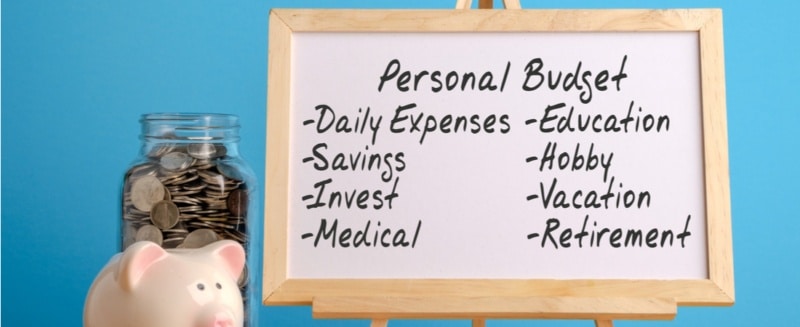After the spend-spend-spend frenzy of December, you may be worn out. Shopping might seem like a chore rather than a pleasure. You may be yearning to do something more meaningful than add “stuff” to your home and wardrobe. And your wallet may be raising a white flag, too, begging you to let your credit cards cool off after more than a month of heavy use.
So why not practice your money management skills and make January a no-spend month?
Money management rules for your no-spend month
First, consider this project a little break from shopping, rather than a punishment for overspending or breaking your budget. You’re not trying to whip yourself back into shape with the financial equivalent of a crash diet. This experiment can be much kinder.
Give yourself this month to notice how many things you buy out of sheer habit, boredom, or an “it’s on sale so I should get it” urge. See what creative ideas you come up with to not spend, just for 31 days.
Some families may keep this challenge a bit loose. They might head into January with a goal of simply spending as little as possible on non-essentials. But to make it really interesting, consider giving yourself an uncomfortably tight but doable budget for buying essentials. For instance, blogger Rachel Meeks of Small Notebook recently set a screamin’ $400 monthly budget for her family of four to cover food, gas, household items, and entertainment.
A tight budget like this means you’ll need to plan on using up all the food you have on hand. Those forgotten cans of beans or tuna languishing in your pantry? You’ll soon be happy to have them. The mystery meat in your freezer? Time to defrost it. Buy only the food items you really need to get by, and get creative about planning your meals around less expensive ingredients for four weeks.
Since you won’t be going out to dinner or movies this month, look for new ways to spend your time. Could you work on some neglected home repair projects? Great—but only if you already have the necessary supplies on hand. Or maybe you’ll find that this is the month to finally finish some half-done craft projects, organize your basement, or check out some extra DVDs and books from the library. If friends want to get together, invite them over for tea or coffee instead of meeting at a restaurant or coffee shop.
The hardest part for some folks is missing out on all the January post-holiday sales—so don’t tempt yourself. Don’t even set foot in a mall or look at the sales flyers. Visualize all the holiday-related items piled up messily on sale. You’re not missing much.
Other budget tips for a buy-nothing challenge
Blogger Leo Babauta over at ZenHabits created a similar stop spending project in December—his “Buy nothing until 2013” challenge. He suggests simply putting off your “wanna-have” purchases until your no-spend period is over. Jot them down in a wish list and look at it in a month. If you still really want or need a particular item at the beginning of February, buy it. However, pushing that pause button on your purchase might help you rethink it. Do you really need it? Could you find a cheaper solution for it? If it’s something you need only occasionally, could you rent it or borrow it? Get creative.
A few words about temptation: If you cave in and buy something during your no-spend month, don’t beat yourself up. Chances are, you’re still spending much less than you normally would. Small slips are really OK. Move on.
The fun part comes at the end of your month, when you tally up what’s actually left in your bank account. According to some financial experts, you may wind up with at least $500 extra at the end. Now you get to decide how to use that stash—to fund an upcoming family vacation, pay down some debt, or bolster your rainy-day fund. The choice is yours. And it will feel very freeing to know that you earned it by simply stepping off the consumer-spending treadmill for one month!
Teri Cettina is a personal finance and parenting writer/blogger. Prior to becoming a freelancer, she was an employee communications writer and editor for a large regional bank. Follow her on Twitter: @TeriCettina
[amazon_link asins=’B072BTCMP6,B01LN7O25C,B073FGBK2L’ template=’ProductCarousel’ store=’thinkglink-20′ marketplace=’US’ link_id=’00da4ab2-2613-11e8-8616-43eced1623f2′]






